Growbag Greenhouses: How To Choose & Use
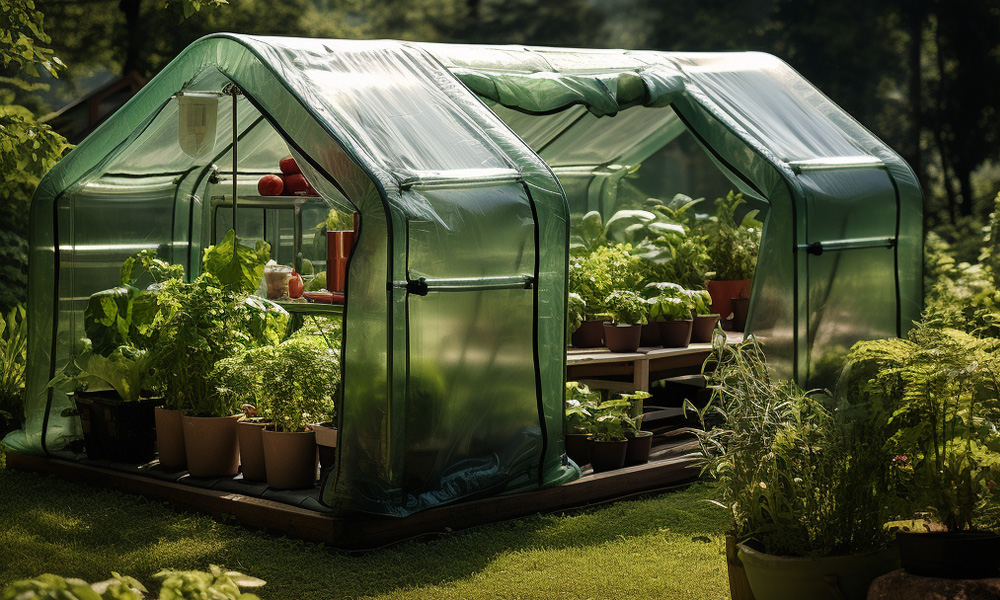
Growing bags were introduced to solve a problem for gardener's that loved to grow tomatoes in their greenhouses, but hated having to continually replace all the soil in the greenhouse border.
On the one hand growing tomatoes, year in, year out, in the same patch of soil, was easy, but on the other, it could lead to a build up of pests and diseases.
This became evident as subsequent crops produced smaller crops and showed signs of sickness.
Enter the idea of a growbag greenhouse.
What is a Growbag Greenhouse?
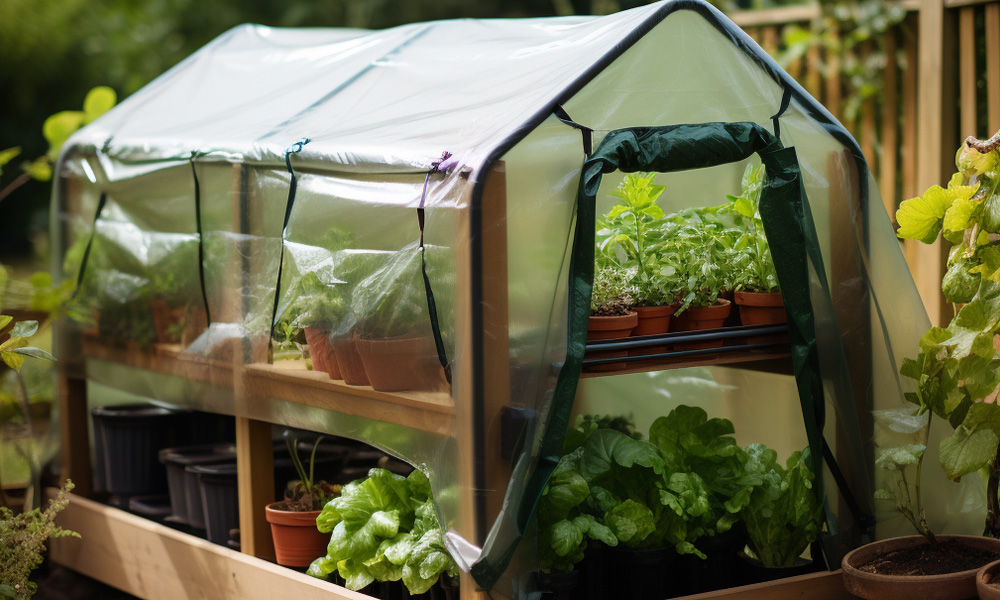
A growbag greenhouse is a lightweight frame used to house a growbag for growing plants in (most commonly tomatoes). It's a quick, portable way of providing a nutritious start for all manner of fruits and vegetables and the type of compost in a growbag is specially selected to perform well without drainage holes, so there's no need to worry about that aspect.
They are fantastic for growing tomatoes, their original inspiration, but also great for more exotic crops like chillies, peppers, aubergines, cucumbers and even melons, in the right sunny space.
And if you have designs on things other than veg, they're equally suited to herbs and flowers.
These days you can also find growbag accessories such as special support frames that fit over the bag and even growbag covers, made of material like willow and coir, to turn your growbag into a thing of garden beauty.
Whether you're using yours as a mini veggie patch, a growbag greenhouse is a small and perfectly formed option where space is limited, it's good to know that these portable patches are all you need to get into the swing of gardening!
What Size Should You Choose?
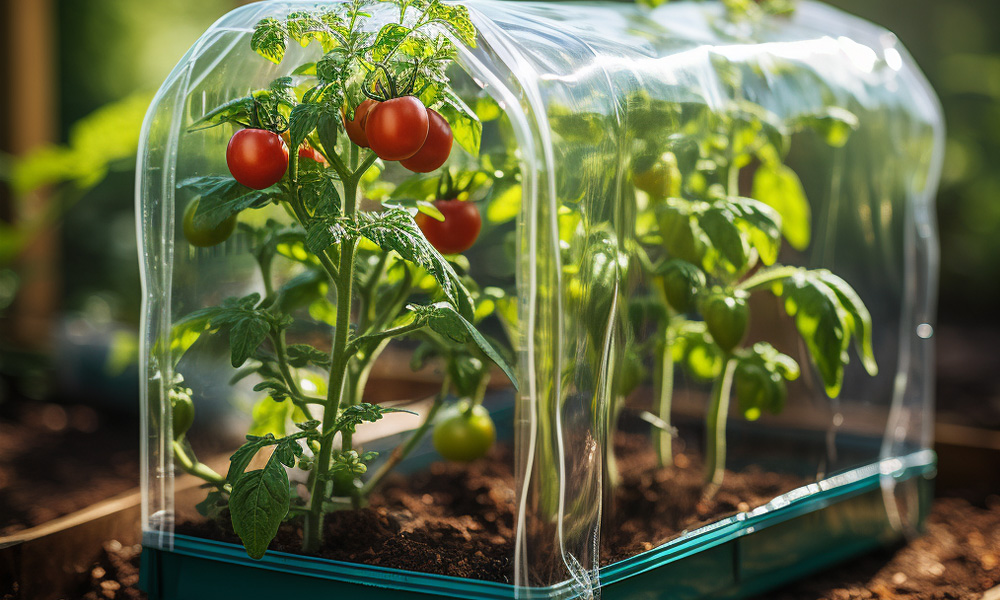
The size of growbag greenhouse you choose will be determined by the number of plants you want to grow, your available space, and your budget. At the time of writing, the average size of a growbag greenhouse is 1.9m tall x 80cm long x 30cm deep.
Best Frame Materials for a Growbag Greenhouse
In most cases, a growbag greenhouse frame will be made from steel. This is because it's a cheap material, and these tend to be low cost greenhouses. You will find some more expensive versions with wooden frames, but these are quite rare.
If you prefer a greenhouse made from aluminium that won't rust (unlike steel), then browse our aluminium greenhouses.
Best Covering Material for a Growbag Greenhouse
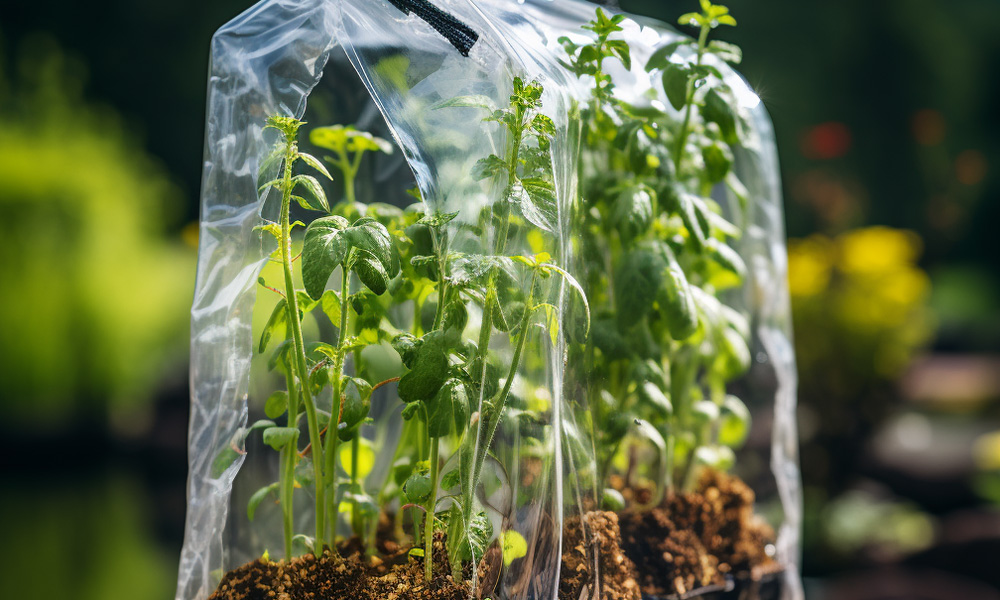
Almost all growbag greenhouses will have a soft polyethylene covering. These make them easier to make, and easier to package for shipping (as they fold down into small shapes). It also keeps them lightweight, allowing you to move them around your garden when you need to.
One of the downsides of this is they catch the wind, and due to their lightweight nature, can be thrown around the garden in high winds, which can damage your plants. Sometimes they will come with pegs to hold them down, but these can only go so far.
For a more heavy-duty greenhouse that won't be thrown around, we recommend a wooden greenhouse.
Do You Need Ventilation?
One of the downsides of a growbag greenhouse is they tend not to have any ventilation options. Your only option is to adjust the main door to different levels to adjust the internal heat.
If you need further ventilation, such as if your greenhouse is in a very sunny location, then consider a normal greenhouse with a ventilation system.
Is Heating Required?
If you plan to grow during the colder months, then it's highly likely you will need a heater to maintain a healthy temperature in your greenhouse.
How Do You Shade This Type of Greenhouse?
You can provide shade to any greenhouse using shade cloth, but growbag greenhouses tend to already have an opaque cover anyway, so this is less likely to be required.
Do They Have Drainage?
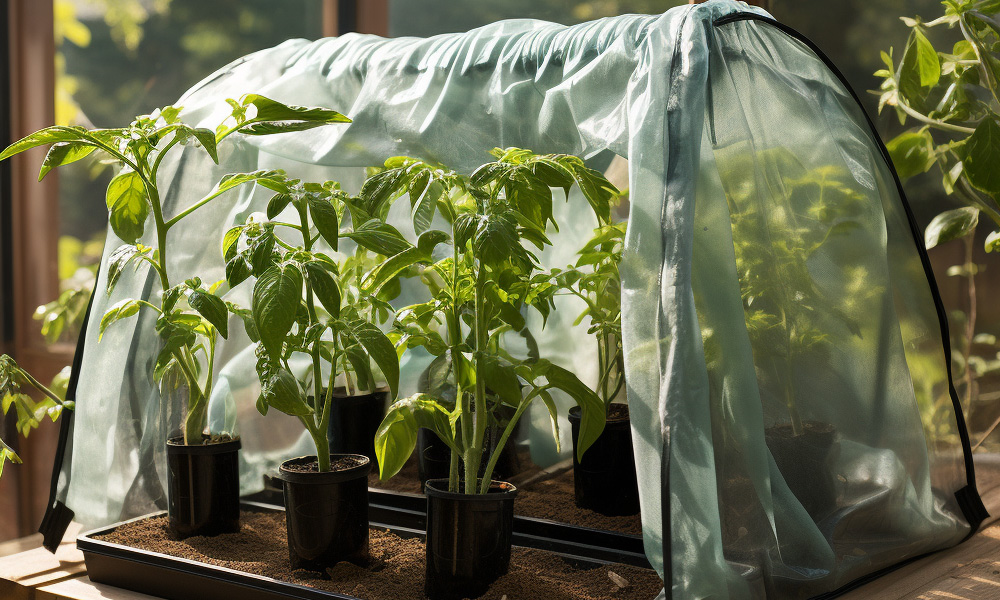
Most growbag greenhouses come with griddled shelves, which naturally let the water escape if you over water, and so provide adequate drainage.
Can You Grow All Year Round?
You can attempt to grow in a growbag greenhouse all year round, as long as you can keep the growing environment adequate for the plants you are growing, in particular:
- Temperature
- Light
- Nutrients
- Water
- Drainage
Best Plants for a Growbag Greenhouse
The best plants to grow in a grow bag greenhouse are:
- Tomatoes - by far the most popular plant to grow in a growbag. The growbag provides a lot of the nutrition they need, but they will require warmer temperatures and careful monitoring to grow a good crop.
- Peppers
- Cucumbers
- Herbs
- Lettuce
- Strawberries
- Microgreens
- Beans
- Peas
- Radishes
- Carrots
- Aromatic plants
Conclusion
We hope you found our article on growbag greenhouses useful.
If you have any questions, feel free to contact us at support@swgreenhouses.co.uk
 Author:
Author: